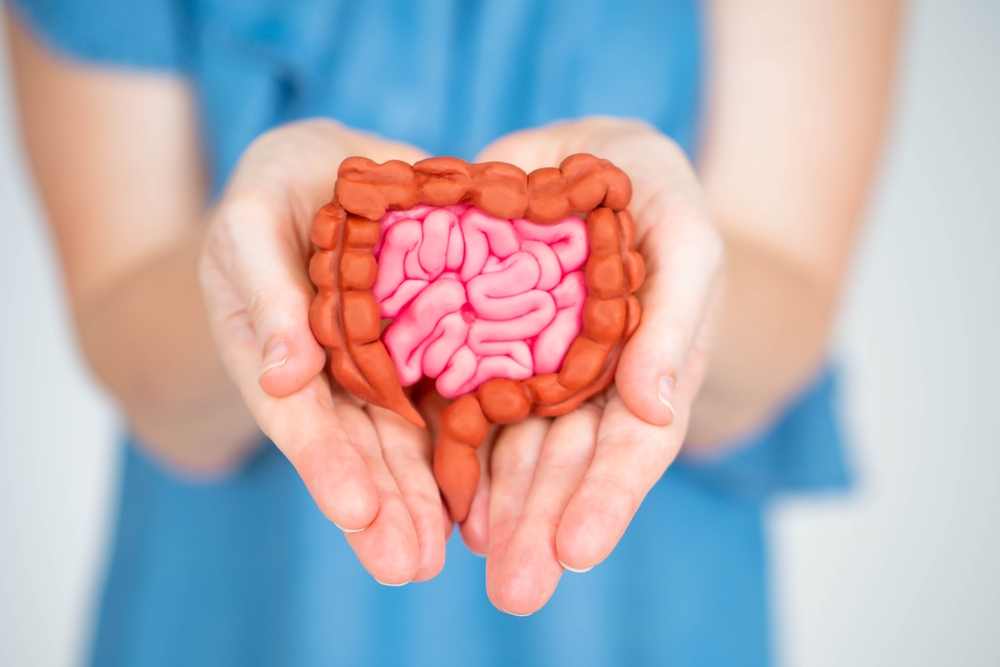
In our fast-paced modern world, it’s easy to accumulate digestive stress—whether it’s from processed foods, irregular meals, or constant exposure to toxins in our environment. Over time, this buildup can leave us feeling bloated, sluggish, and uncomfortable. While many people turn to cleanses or detox programs to reset their system, a gentler and more sustainable approach is to support the body’s natural detoxification processes with daily habits. One of the simplest and most soothing habits? Drinking digestive tea.
But for the best results, this herbal remedy should be part of a larger wellness routine. Pairing digestive tea with smart detox habits can amplify its benefits, helping your body eliminate waste, reduce gas, and support long-term gut health.
Why Digestive Tea Works
Digestive tea is a herbal infusion made from plants traditionally used to support digestion, ease bloating, and calm the gastrointestinal tract. Common ingredients include ginger, fennel, peppermint, dandelion root, chamomile, and licorice root. These herbs help:
- Stimulate digestion
- Soothe inflammation
- Promote healthy elimination
- Reduce bloating and trapped gas
Some blends are formulated specifically as gas relief tea, with ingredients like fennel and peppermint designed to target gas buildup and discomfort directly.
By drinking digestive tea regularly—especially after meals—you give your body a gentle nudge in the right direction. But to maximize its effects, it’s helpful to pair it with a few other mindful habits.
1. Start Your Day with Warm Lemon Water
Drinking a glass of warm water with fresh lemon juice first thing in the morning helps kickstart your digestion and supports liver function. The citric acid in lemon encourages bile production, which aids in breaking down fats and flushing out toxins.
Pair it with: A cup of digestive tea later in the morning or after breakfast to support ongoing digestion throughout the day.
2. Eat Whole, Fiber-Rich Foods
Fiber acts like a broom for your digestive tract, helping to sweep waste out of the body. Vegetables, fruits, legumes, seeds, and whole grains all contribute to a healthy elimination process. Fiber also feeds the beneficial bacteria in your gut, which play a key role in preventing gas buildup.
Pair it with: A warm gas relief tea after fiber-rich meals to minimize temporary bloating while your gut adjusts.
3. Practice Mindful Eating
Rushed meals and distracted eating can lead to swallowed air, poor digestion, and uncomfortable bloating. Taking the time to chew thoroughly, eat slowly, and engage your senses during meals helps your body process food more efficiently and reduces the likelihood of gas.
Pair it with: A calming digestive tea after meals to support digestion and extend your mindfulness into your post-meal ritual.
4. Incorporate Gentle Movement
Physical activity helps stimulate digestion and promote regular bowel movements. Even light exercise, such as walking after meals or practicing yoga poses like twists and forward folds, can assist in relieving gas and reducing abdominal pressure.
Pair it with: A short walk followed by a cup of gas relief tea to relieve any lingering discomfort from your meal.
5. Stay Hydrated Throughout the Day
Proper hydration is essential for digestion and detoxification. Water helps break down food, absorb nutrients, and move waste through the intestines. Dehydration can slow down digestion and lead to constipation and gas.
Pair it with: Digestive tea in place of afternoon coffee or sugary drinks for added hydration and gut support.
6. Prioritize Restful Sleep
During sleep, the body performs vital detox functions, including cellular repair and waste elimination through the liver and kidneys. Poor sleep is associated with increased inflammation and digestive issues, including bloating and irregular bowel movements.
Pair it with: A soothing digestive tea or gas relief tea that includes chamomile or licorice root before bed to calm the mind and digestive system.
7. Support Liver Function Naturally
The liver is your body’s primary detox organ. Supporting its function is key to maintaining digestive health and reducing the toxic load on your system. Cruciferous vegetables (like broccoli and kale), beets, turmeric, and milk thistle are known to support liver function.
Pair it with: A digestive tea that includes dandelion root or ginger, both of which support the liver and improve bile flow.
8. Limit Processed Foods and Added Sugars
Processed foods often contain additives, preservatives, and sugars that can disrupt gut flora, cause inflammation, and slow down digestion. Reducing these from your diet can make a noticeable difference in how your digestive system functions.
Pair it with: Daily digestive tea as a natural, flavorful replacement for sugary beverages that can contribute to gas and bloating.
9. Reduce Stress
Chronic stress interferes with digestion by disrupting the gut-brain connection and altering gut motility. This can lead to bloating, irregularity, and increased sensitivity to gas. Stress-reduction techniques like meditation, deep breathing, or journaling can have a significant impact.
Pair it with: A quiet moment and a warm cup of gas relief tea to decompress, relax your nervous system, and support your gut simultaneously. p
Final Thoughts
Detoxing doesn’t have to mean extreme juice cleanses or restrictive diets. In fact, your body is already equipped to detox—it just needs the right support. By combining simple, daily habits with the soothing, herbal power of digestive tea, you can create a sustainable approach to better digestion, reduced gas, and a healthier gut overall.
Whether you’re looking for daily digestive support or occasional relief, digestive tea is a gentle but effective companion to a well-rounded detox routine. And when paired with movement, hydration, mindful eating, and stress management, its benefits multiply—helping you feel lighter, clearer, and more energized from the inside out.




